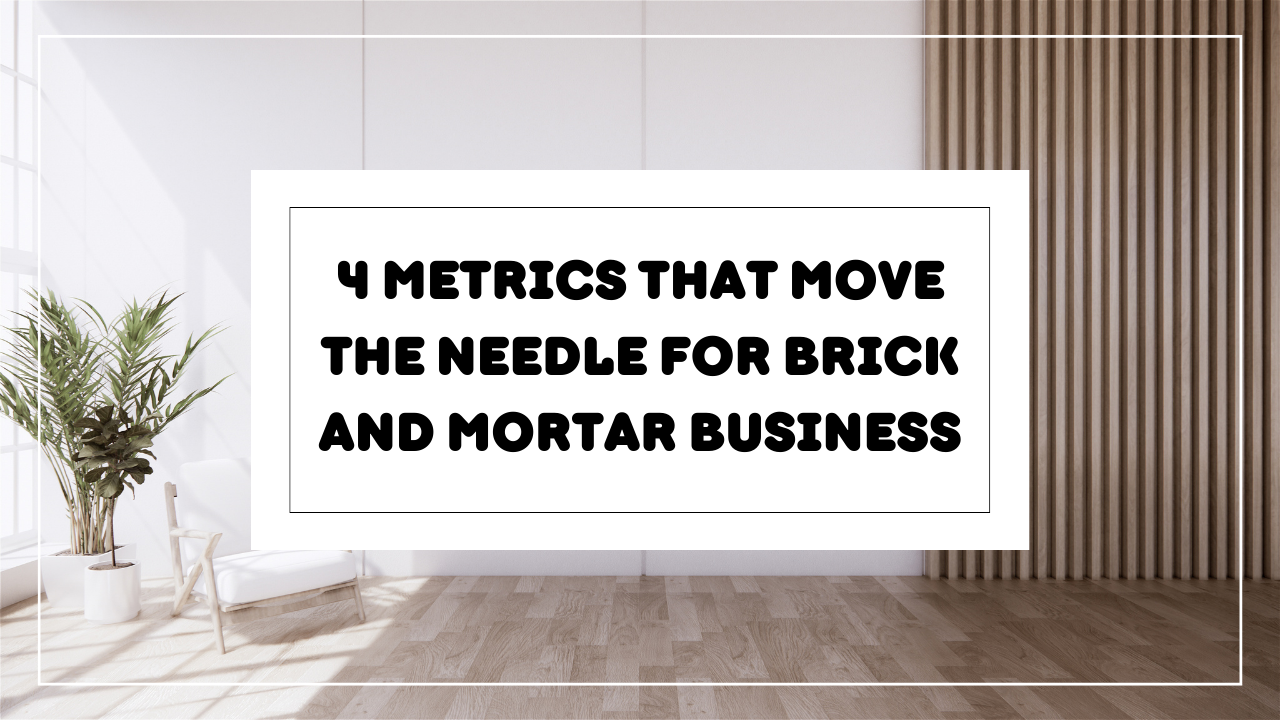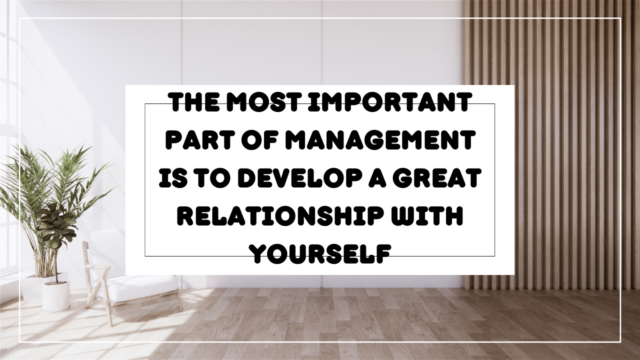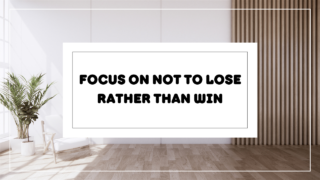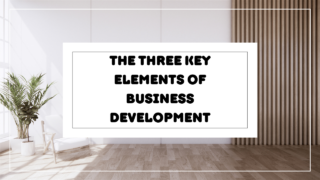Many tired business owners come to me for advice.
They fear losing their employees and start watching their every move, accepting changes in their moods throughout the company because they don’t want them to leave.
This leads to changes in the brand concept, a decrease in quality, and ultimately causes even hardworking employees to dislike the job, resulting in the collapse of the business.
This horror story is unfortunately common in the world of business and I am guilty of doing this in the past too.
When I started my business as an entrepreneur, I was terrible at it so it took me about a year to even make a dollar from sales as I have no idea what I am doing, but just buying information products, hoping to find the answer for success.
I was pretending that I didn’t know the answer, but I knew deep down I already have what it takes to succeed, but I didn’t want to see it uncovered because it requires me to invest effort, time, and energy.
I was craving security, giving me guaranteed success without failing even once. This mindset clouded my wisdom to see the business is actually a long game to play.
Whatever the platform I play, I played very short and failed miserably, which is very normal. What I couldn’t do is to stay longer to give me more space to try again so that I can get better and better. However, I wanted immediate results without failing, but with guaranteed success, which does not exist.
Long story short, my relationship with my mindset as an entrepreneur changed when I realised that I keep going through the same cycle of building and breaking my business. I became good at building a business as my mindset changed and I started to develop an ability to stay consistent and take action no matter how horrible I was at the start, but I began to realise that I see success if I keep tweaking my approach every time I fail.
However, one thing that does not change in me and that always blocked my business growth existed without me knowing what that is so I keep hitting the ceiling and going backward by losing employees or I lose the momentum I lost consistency and continuity of my action that was required to keep business afloat.
Anyway fast forward, when I became conscious of my pattern, I knew I need to change it. I need to interrupt and collapse my paradigm to work on my work. By identifying what is missing from my business and why it always collapses in the midst of scaling, I started to understand that there is an equation for a business to collapse as well as for thriving.
That is when I started to implement that equation into my business and finally now scaled to 6 locations without going back and forth, but to be honest I really needed to stay in a tight container where I strictly follow the rule I made.
Anyway, as a business owner, it’s a strange situation not to have control over the business even though it is you who are supposed to be sitting in the driver’s seat for your business.
However, this occurs when the management is left to super capable employees’ numbers and motivation. This is a typical man-made disaster that results from letting employees’ emotions influence the company’s daily operations and leaving the future of the company to their choices.
So the question is that how can we stabilize the business and move it away from such a crisis?
To start, let’s define what a stable business looks like.
Specifically, it should have
- stable new inquiries,
- a system that reproduces sufficient productivity for all newly hired employees,
- the ability to generate revenue without relying on only one employee,
- a low percentage of resignations, and waiting lists for prospective employees.
By developing a business model that achieves these goals, every employee can replicate the numbers independently, even without management, which can lead to stable business operations.
To achieve this ideal business model, we need to manage four key numbers thoroughly:
- new inquiries
- repeat rate for customers
- New recruitment for new employee
- low turnover rates for employee
By focusing on these four numbers and continually implementing measures to improve them, the business can succeed. This is what I mean by moving the needle of your business.
For example, if we focus on these numbers, customers will be evenly distributed among all employees, gradually leading to an increase in repeat customers and a reduction in the need for new customers.
By hiring new employees and adding new customers, the business can increase the number of job openings, and by achieving high returns, employees will be less likely to quit.






